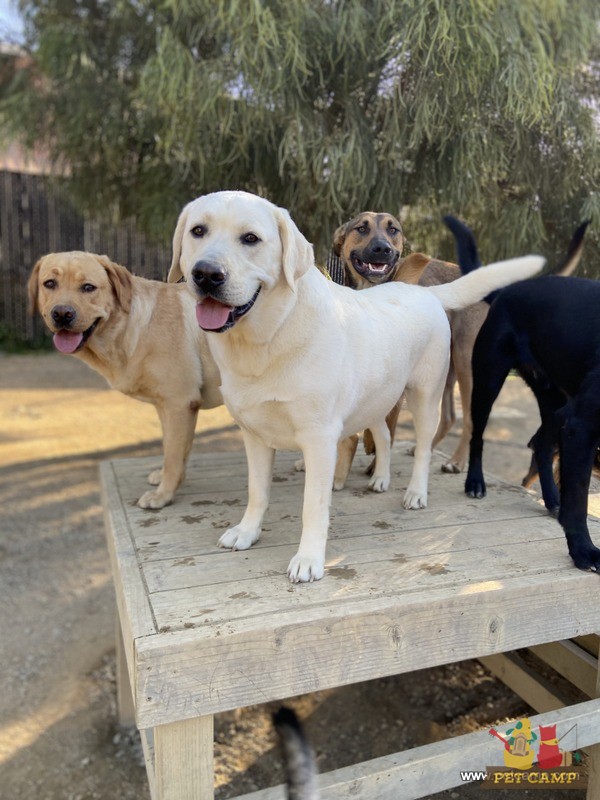 The other day I attended a webinar presented by the Animal Medical Center of New York City. The focus of the webinar was getting pets (dogs and cats for the purpose of the webinar) ready for pet parents to return to working outside the home. One of the main issues addressed was “separation anxiety.” I put “separation anxiety” in quotes because, as the presenters stated, “separation anxiety” has become a catch all phrase that pet parents now attribute to anytime a pet expresses any emotions regarding being left alone.
The other day I attended a webinar presented by the Animal Medical Center of New York City. The focus of the webinar was getting pets (dogs and cats for the purpose of the webinar) ready for pet parents to return to working outside the home. One of the main issues addressed was “separation anxiety.” I put “separation anxiety” in quotes because, as the presenters stated, “separation anxiety” has become a catch all phrase that pet parents now attribute to anytime a pet expresses any emotions regarding being left alone.
One veterinarian stated that she knows a dog has separation anxiety (and I’m paraphrasing here) when she sees a crate mangled and held together with duct tape and electrical ties. The mere barking or whining, according to this veterinarian, when a pet parent leaves is not separation anxiety and much more a dog (in this case) adjusting to being left alone.
While the veterinarian from the Animal Medical Center may be correct, no pet parent wants to feel the guilt of their dog barking or whining when being left alone. Thankfully, the veterinarians provided 3 steps to help in the adjustment, at least two of which are fairly easy for a pet parent to implement:
 Routine: We’ve talked about this in the past. Dogs and cats are routine based. They excel when they get fed at about the same time, get walked on a regular basis etc. While working at home, many pet parents fell out of the routines they and their pet had before the pandemic, and for pandemic pets there has never been a routine. Starting or getting back into a routine now is the way for your pet to be ready for you to go back to work outside the house.
Routine: We’ve talked about this in the past. Dogs and cats are routine based. They excel when they get fed at about the same time, get walked on a regular basis etc. While working at home, many pet parents fell out of the routines they and their pet had before the pandemic, and for pandemic pets there has never been a routine. Starting or getting back into a routine now is the way for your pet to be ready for you to go back to work outside the house.- Increased Independence: Start small and build up. Leave for a few minutes and come back. If leaving the house is too much, leave the room or at least create some distance within the house so that your pet is not next to you all the time (the “place,” “bed,” or “mat” command is a great way to do this). You don’t go from doing nothing for a year to running a marathon – do the same with your pet.
- Monitoring: If you’re concerned about what your pet is doing while you’re away consider a nanny cam to keep an eye on things. You may be surprised at what your dog or cat is or is not doing.
Still concerned? Consider doggie day care or cat day care (yes, there is such a thing). Your dog or cat will be watched, engaged with, and monitored throughout the day. Physical and mental stimulation will ensure that your dog or cat remains healthy and engaged when you return back to the office.
Thanks for reading.